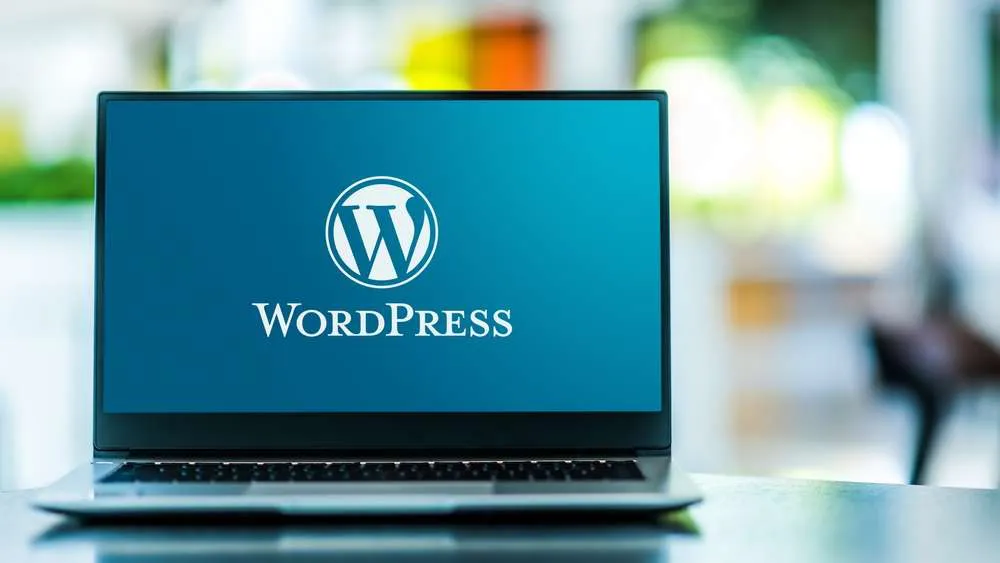In the realm of website content management systems (CMS), WordPress stands tall as the most popular and widely used platform. However, with great popularity comes great responsibility, and in this case, it’s the responsibility of ensuring the security of WordPress sites. In this blog post, we’ll dive into the often-overlooked realm of security concerns that plague WordPress sites and explore strategies to fortify your online presence against potential threats.
The Rising Significance of Website Security
As the digital landscape continues to expand, so does the arsenal of tools and tactics used by malicious actors to exploit vulnerabilities in websites. Security breaches can result in data theft, financial losses, damage to reputation, and a significant impact on user trust. Thus, safeguarding your online presence is of paramount importance.
Understanding the Vulnerabilities
- Outdated Software: One of the most common security pitfalls for WordPress sites is the use of outdated software, including plugins, themes, and the core WordPress CMS. These outdated components can harbor vulnerabilities that hackers can exploit.
- Insecure Plugins and Themes: The vast library of third-party plugins and themes offers customization options, but not all are created equally. Some might contain weak code that can be exploited by attackers.
- Weak Passwords: Many security breaches occur due to weak administrator passwords. Hackers can easily crack simple passwords, gaining unauthorized access to your site.
- Lack of Regular Backups: Failing to regularly back up your website’s data leaves you vulnerable to data loss in case of a security breach.
- Insufficient User Permissions: Granting unnecessary administrative privileges to users can inadvertently expose your site to greater risks.
Strengthening WordPress Site Security
- Regular Updates: Keep your WordPress core, themes, and plugins up to date. Regular updates often include security patches that address vulnerabilities.
- Vet Plugins and Themes: Before installing any third-party plugins or themes, thoroughly research and check their credibility, user reviews, and update frequency.
- Use Strong Passwords: Enforce strong passwords for all user accounts and consider using two-factor authentication (2FA) to add an extra layer of security.
- Security Plugins: Leverage reputable security plugins to enhance your site’s defense mechanisms. Plugins like Wordfence and Sucuri provide firewall protection and malware scanning.
- Backups: Regularly back up your website’s data to a secure off-site location. This ensures that you have a recent copy of your site in case of any unforeseen security incidents.
- Limit User Permissions: Assign user roles and permissions carefully. Avoid granting unnecessary administrative privileges.
- Web Hosting Security: Opt for a reliable and secure web hosting provider that offers robust security features.
Ongoing Vigilance is Key
While implementing security measures is essential, it’s important to note that website security is an ongoing process. Regular monitoring, vulnerability assessments, and staying informed about the latest security trends are crucial to maintaining a secure WordPress site.
Conclusion: Guarding Your Digital Domain
In the digital age, the security of WordPress sites cannot be overlooked. Neglecting security concerns can lead to dire consequences for your business or personal brand. By taking proactive steps to address vulnerabilities, staying vigilant, and employing best practices, you can fortify your WordPress site against potential threats and ensure a safer online experience for you and your visitors. Remember, security isn’t a one-time task; it’s a continuous effort to protect what matters most.

